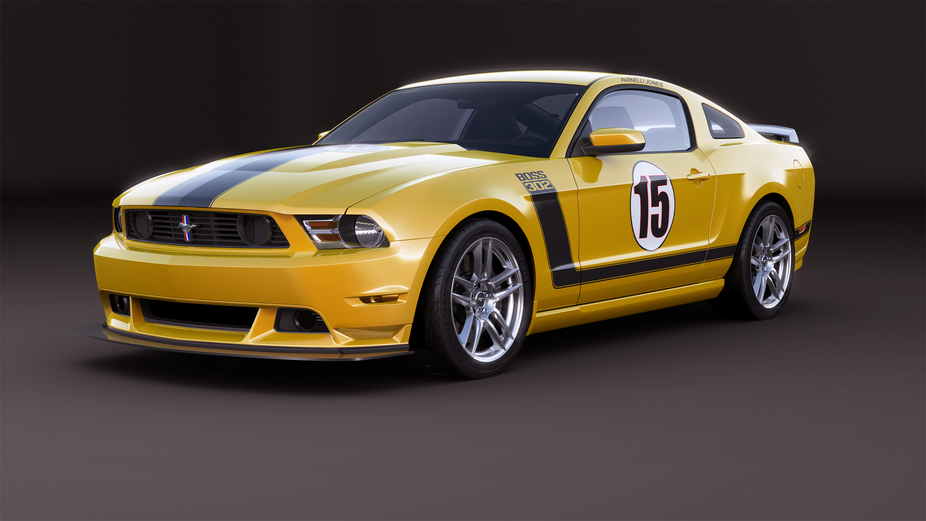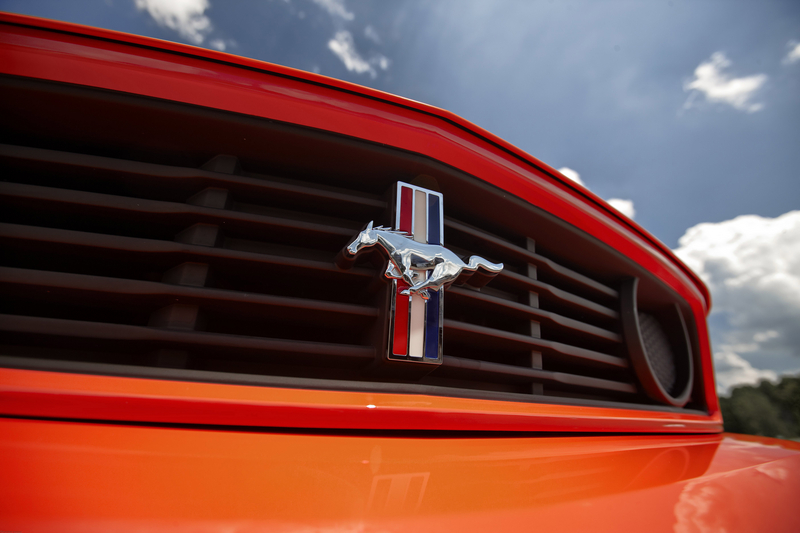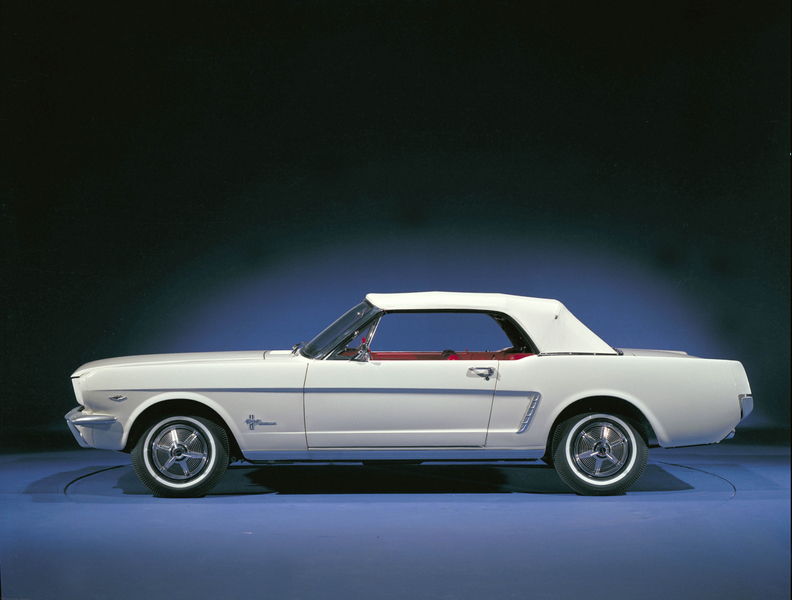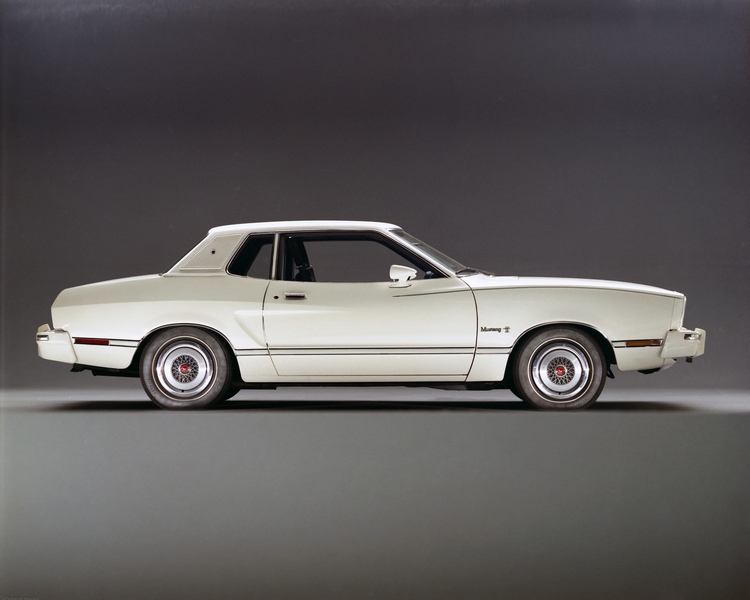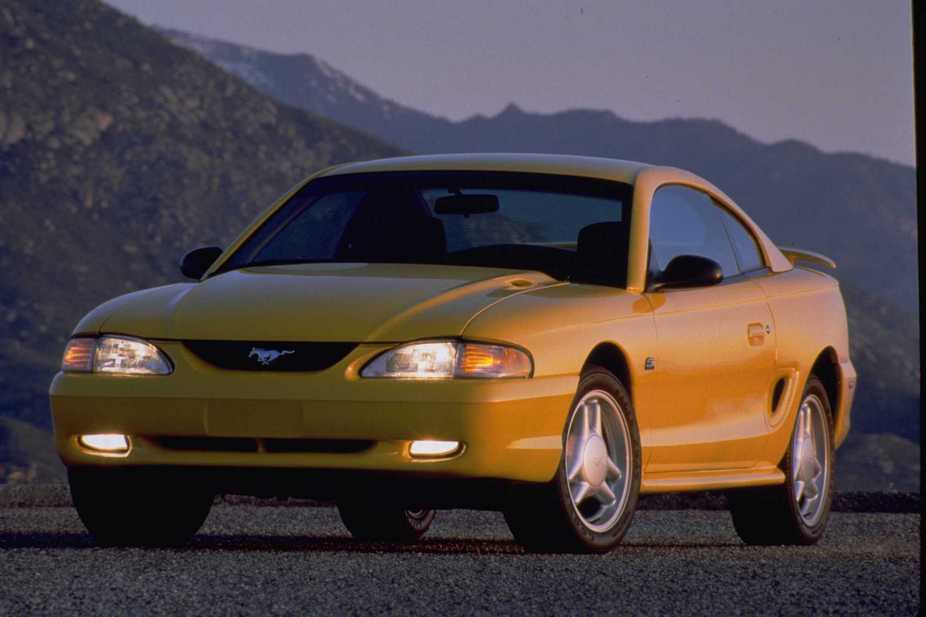|
Send this page to a friend! Fill in the form bellow | ||
news
One off Ford Mustang created
11 years ago Ford designer Melvin Betancourt suffered a serious heart problem. After recovering, after treatment at the Henry Ford Hospital Betancourt has used his expertise to customise cars.
Betancourt has developed a one-of-a-kind Boss 302 Mustang. The 2012 model year car has been painted in school bus yellow and will be auctioned to benefit cardiovascular care, research and education at Henry Ford Health System.
The one-off vehicle is designed to be a modern version of the 1970 Boss 302 that Parnelli Jones drove to victory in the 1970 Trans-Am Championship.
The car was painted at the AutoAlliance International Plant in Flat Rock where all Mustangs are built. Betancourt then painted the black Laguna Seca graphics on the car, instead of using graphics. Parnelli Jones will then sign the car prior to the Auction.
The Ford Mustang since 1964
With the Mustang, Ford invented a new automobile class, the “pony car”, and rival brands rushed into production to come up with cars of the same category. The first 18 months of the Mustang’s production stayed in history as the most successful car debut ever. After more than 40 years, the coupé is still being produced and Ford is selling around 150.000 Mustangs each year.
1964 Ford Mustang
In 1964, Ford unveiled their first ever Mustang. It inherited many parts, from other Ford models like the Falcon and Fairlane. Just 5 months after its introduction, the Mustang underwent a facelift and continued to grow heavier and bigger every year. The first generation Mustangs had mid and front engines, with displacements from 2.8 to 7.0 liters. The most basic model made 120hp while the top-of-the-line car delivered 385hp.
1974 Ford Mustang
The second generation Mustang was launched in 1974. After the continuous enlargement of the first generation until 1973, Ford decided to dramatically decrease its size to as close as possible to the original model. Shape and styling, as well as the mechanical features, were all reformulated in order to give the car an appearance that was closer to the 1964 model but with a higher performance.
1979 Ford Mustang
A fresh new Mustang, generation III, came out in 1979. Over the years, improvements were made to the Mustang regarding interior and exterior styling, giving it more comfort and a modernized look. Power was amplified as well throughout the years of production of the Mustang III. Ford also re-added the high-performance Mustang GT variant to the lineup in 1982.
1994 Ford Mustang
15 years past the Mustang’s last major amendment, in 1994, Ford launched its fourth generation. Motor Trend magazine named the Mustang Car of the Year for the third time when its fourth generation debuted. The Mustang IV engines ranged from a basic 3.8-liter to the top-of-the-line 5.4-liter Cobra R. Power output was increased along the years, starting at 145 hp to reach 190 hp for the standard version.
2004 Ford Mustang
Ford introduced the greatly redesigned fifth generation of the Mustang in 2004 at the North American International Auto Show. The refreshed car was an immediate hit in terms of sales. In 2012, the current Mustang received a minor facelift. Improvements include a changed exterior, and the 5.0 liter V8, introduced in 2010, got a power-uprgrade.
Encyclopedia | Engine V 8 ( 90.0º vee) Displacement 281 cu in Top Speed 149 mph Transmission 5, Manual Maximum power 300 hp @ 6000 rpm Type Fixed-head coupé Fuel Petrol Fuel consumption (combined) -- | price -- annual ownership cost $ 1.363 |
Contribute
more about Ford



latest news




